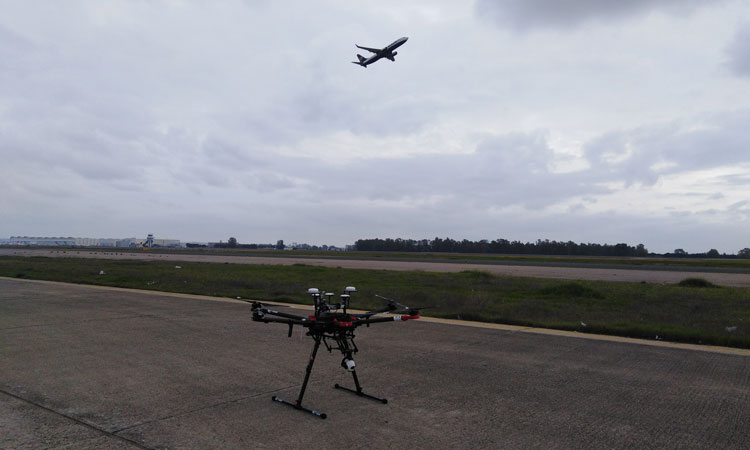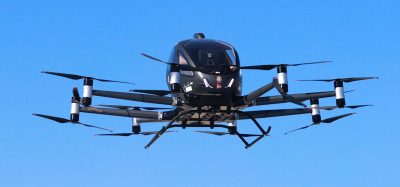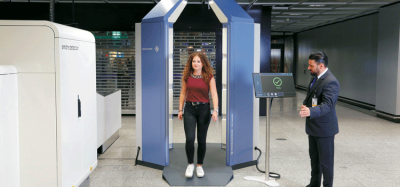Drones used to inspect the flight field at Seville Airport
Posted: 14 February 2020 | Rachael Harper (International Airport Review) | No comments yet
As part of its technological initiative, Seville Airport has tested drones to ensure they can be used in an everyday airport environment.


Image credit: Seville Airport
Seville Airport has announced that it has carried out a pilot project with drones to check the new functionalities provided by these unmanned Remotely Piloted Aircraft (RPAS) in different airport environments.
The airport has said the initiative has been launched with the objective of testing the use of drones within an airport facility in controlled airspace and ensuring they can be used during the daily activities of the airport. The flight of the unmanned aircraft was supervised from the control tower by Ferronats, an air traffic service provider.
These tests have consisted of work related to maintenance and inspection tasks, which must be carried out periodically in the flight field of an airport.
The tests, Seville Airport stated, have been carried out in compliance with the safety requirements demanded by the AESA, State Air Safety Agency, for the operation of a flight of an unmanned aircraft in controlled airspace.
The use of RPAS, as well as other innovative ideas that the airport is deploying, are part of its initiative to promote the use of technological solutions to make processes and the services of application in the airport more efficient, the airport said.
Join our free webinar: Beyond silos: How ecosystem thinking elevates the airport experience
In today’s complex aviation landscape, airports are moving beyond siloed operations to embrace a new era of collaboration. This webinar focuses on how leading airports are using ecosystem thinking to adapt, personalize, and continuously improve every touchpoint, boosting both passenger satisfaction and non-aeronautical revenue.
Date: 13 Nov | Time: 10:00 GMT
REGISTER NOW TO SECURE YOUR SPOT
Can’t attend live? No worries – register to receive the recording post-event.


















